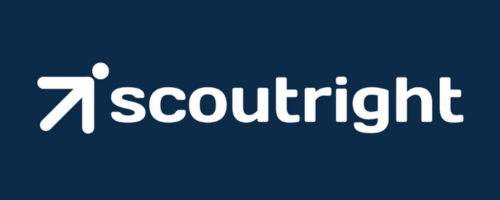In today’s hyper-competitive business landscape, there’s one critical asset that can make or break an organization’s success: its people. Talented employees are no longer just a resource — they are the driving force behind innovation, growth, and sustainable competitive advantage.
The Strategic Imperative of Talent Acquisition:
Organizations that understand the transformative power of human capital are the ones that truly thrive. Talent is not just about filling positions; it’s about strategically building a workforce that can navigate complex challenges, drive innovation, and propel the business forward.
Some of the key ways talent serves business success includes but is not limited to:
Top talent brings more than just technical skills to the table. They bring fresh perspectives, creative thinking, and the ability to solve complex problems in unique ways. In an era of rapid technological change, innovative employees are the lifeblood of organizational adaptation and growth. Companies that cultivate a culture of creativity and empower their employees to think outside the box are the ones that stay ahead of the curve.
- Innovation and Creative Problem-Solving
- Competitive Advantage through Human Capital
The right talent is a sustainable competitive advantage that cannot be easily replicated. While technologies can be copied and market strategies can be mimicked, a team of exceptional individuals creates a unique organizational DNA that sets a company apart. Skilled employees bring specialized knowledge, industry insights, and networks that can open new opportunities and drive strategic initiatives.
- Performance and Productivity Multiplier
High-performing employees don’t just complete tasks—they elevate entire teams and organizational performance. They set high standards, mentor colleagues, and create a culture of excellence that cascades through the organization. Their productivity goes beyond individual output, inspiring and lifting the performance of those around them.
- Adaptability and Resilience
In an unpredictable business environment, talent represents an organization’s most flexible and responsive resource. Skilled professionals can quickly pivot, learn new technologies, and navigate complex challenges. They are the shock absorbers that help organizations weather economic uncertainties and technological disruptions.
Strategic Talent Management Considerations:
Recruitment: Beyond Traditional Hiring: Modern talent acquisition is a strategic function that goes far beyond traditional recruitment. It involves:
- Identifying potential early on and investing in it for retention
- Creating inclusive and diverse talent pipelines
- Developing employer branding that attracts top-tier professionals
- Implementing sophisticated assessment techniques
- Using AI to aide in assessment of talent, saving precious time in hiring
Investment in Employee Development: Organizations that view employees as long-term investments see remarkable returns. Continuous learning, professional development programs, and clear career progression paths are no longer perks — they are essential strategies for attracting and retaining top talent.
The ROI of Talent Investment: The return on investment in talent is multifaceted, including
- Increased organizational agility
- Higher innovation rates
- Improved employee retention
- Enhanced company reputation
- Better customer satisfaction
- Sustainable long-term growth
As is evident, in the modern business ecosystem, talent is not a cost center — it’s the most critical strategic asset. Organizations that prioritize, invest in, and truly understand their people will not just survive, but lead their industries.
The message is clear: Your organization’s potential is directly proportional to the potential of your people. Invest wisely, nurture talent, and watch your business transform.dit or delete it, then start writing!

